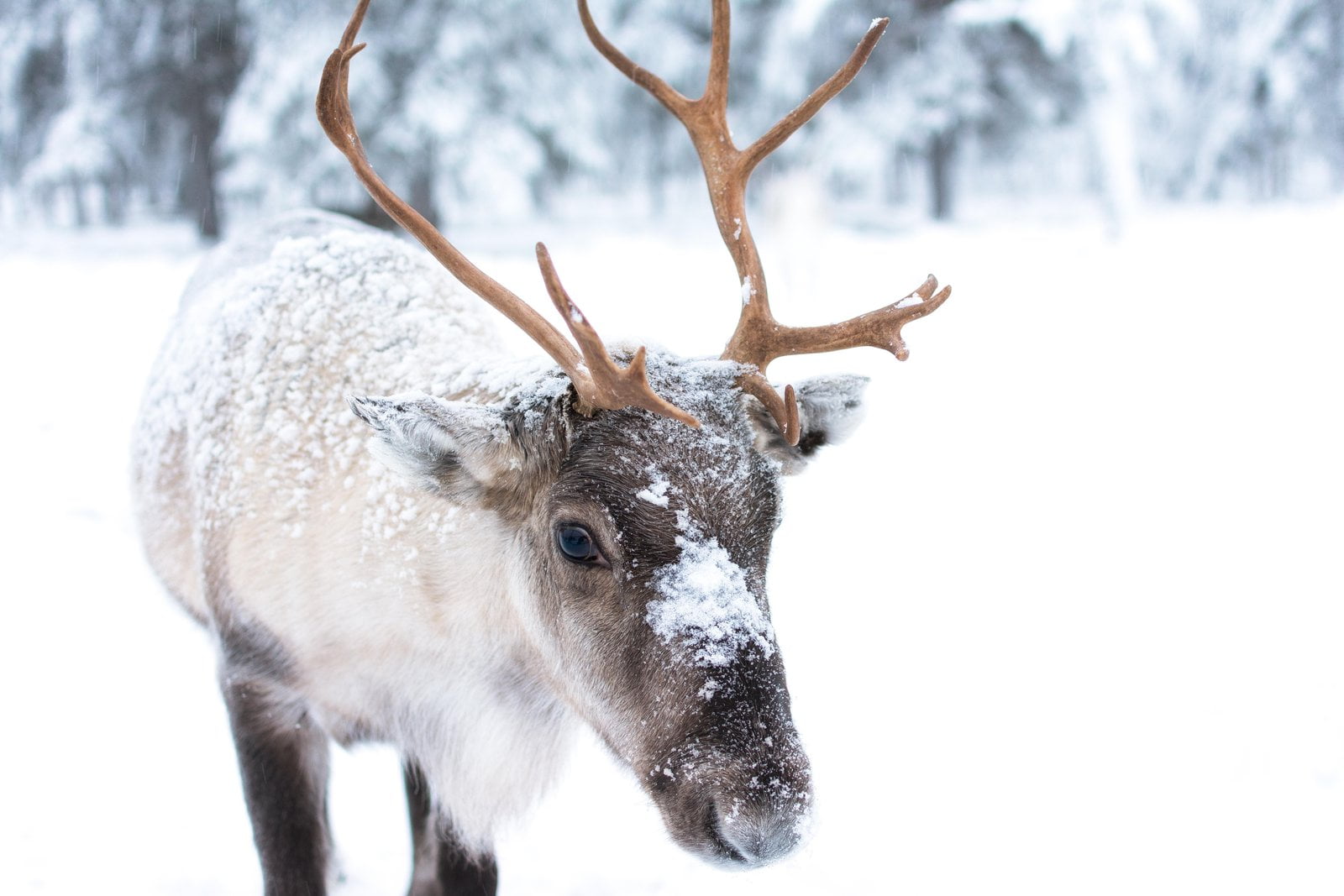Publications about the unusual anatomical feature of reindeer are popular on the Internet. We have verified the accuracy of such messages.
The fact that the eye color of these animals differs in winter and summer is also written in public "VKontakte", and users Facebook, Twitter, Instagram, "Yandex.Zena", Pikabu, LiveJournal and other social networks and blogging platforms. Similar statements can be found on the websites "Interesting Facts" And "The Big Question".
This feature of reindeer is also described in much more authoritative sources. For example, on the website of the Natural History Museum in London presented A note about an unusual collection of eyes of various animals cut in half. The publication calls the reindeer's eye a "scientific marvel" as it changes color from golden to deep blue as summer turns to winter.
Biologists became aware of this feature not so long ago. In 2013, Glenn Jeffrey from the Institute of Ophthalmology, University College London (UCL) presented the results of his research, conducted jointly with the Norwegian University of Tromsø. In an interview with National Geographic, Jeffrey tells, who wanted to understand how animals living in the Arctic adapted to sudden changes in light levels depending on the season. His colleagues from Norway in 2000 sent him a “bag with eyes” of reindeer killed by the Sami at different times of the year. During the dissection, Jeffrey was very surprised that the eyes from different groups turned out to be different colors inside. After 13 years of research, he and his colleagues published the results of their research.
Like many other animals, reindeer eyes have a layer of tissue (tapetum lucidum) behind the retina that reflects light back onto it, which helps them see in the dark. We see the “work” of this layer when we look at a cat in the dark - it seems that when light hits its eyes, they seem to begin to glow. In most animals, in bright light, the tapetum lucidum is golden in color because most of the light is reflected directly through the retina. In reindeer, closer to winter, this layer becomes dark blue. This helps them notice a predator in time in the winter darkness, because their vision becomes albeit less acute, but a thousand times more sensitive to light.
Glenn Jeffrey assumes: This feature may be caused by the fact that in winter, due to the constant dilation of the pupils, the pressure in the eyes of deer increases, preventing the natural outflow of fluid from the eyeball. This in turn compresses the tapetum lucidum, which consists mainly of collagen fibers arranged in orderly rows. The distance between these fibers becomes significantly smaller, and the fabric layer thus reflects the shorter wavelengths of blue light characteristic of Arctic winters. However, although the change in color of tapetum lucidum is observed empirically, not all scientists agree with a suggested explanation.
However, many social network users and some journalists, when talking about this feature, miss an important detail. The tapetum lucidum layer, responsible for color changes, is located for retina - we can see it only by cutting into the eye. “The front of the eye looks the same in summer and winter,” reported Jeffrey fact checkers from USA Today, so many of the photos accompanying the story about an interesting fact are not true. In other words, reindeer do not “change eye color” in the same way as a person who has had surgery to change the color of their iris or wears colored contacts.
Cover photo: JellisV / iStock
Half-truth
- National Geographic. Why Are Reindeer Eyes Golden In Summer But Blue In Winter?
- UCL. Reindeers' eyes change color with Arctic seasons
- USA Today. Fact check: Reindeer eyes change color through seasons, but these photos don't show the phenomenon
- Is it true that in Finland reindeer antlers are painted with reflective paint to reduce the number of accidents with them?
If you find a spelling or grammatical error, please let us know by highlighting the error text and clicking Ctrl+Enter.







